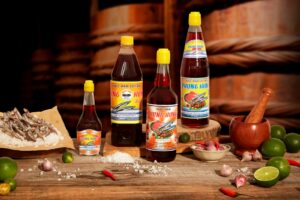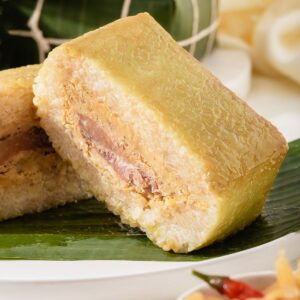Vietnamese cuisine is known for its vibrant flavors, fresh ingredients, and traditional cooking techniques. One such technique that stands out is the practice of wrapping meat in banana leaves before steaming, grilling, or fermenting. This method enhances the aroma, retains moisture, and infuses the dish with a subtle earthy flavor. In this article, we explore the most popular types of Vietnamese meat wrapped in banana leaves, their cultural significance, and how they are prepared.
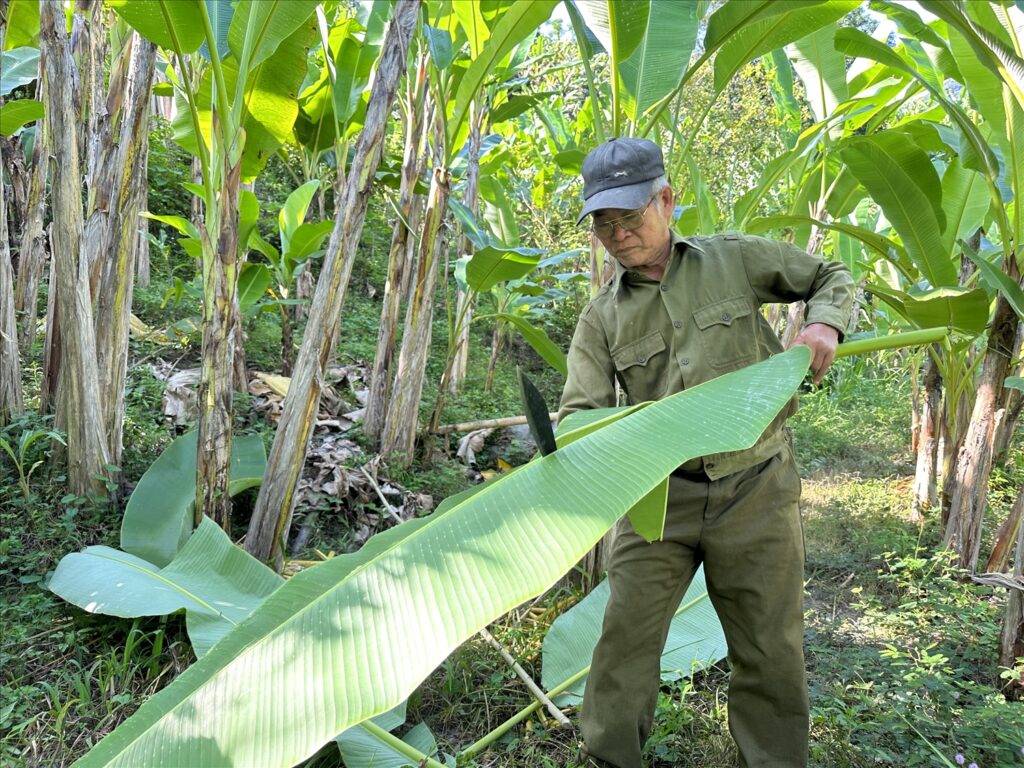
Why Use Banana Leaves?
Banana leaves are widely used in Vietnamese cooking for several reasons:
- Enhances Flavor – The leaves impart a mild, grassy aroma to the meat.
- Locks in Moisture – Meat remains juicy and tender due to the natural steaming effect.
- Natural Non-Stick Surface – Prevents food from sticking to grills or steaming pots.
- Eco-Friendly – Unlike plastic or aluminum foil, banana leaves are biodegradable and sustainable.
Popular Vietnamese Meat Dishes Wrapped in Banana Leaves
1. Chả Lụa (Vietnamese Pork Sausage)
One of Vietnam’s most iconic foods, chả lụa is a steamed pork sausage made from finely ground pork mixed with fish sauce and tapioca starch. It is tightly wrapped in banana leaves before being steamed, which helps maintain its unique texture and aroma. This sausage is often served in banh mi, noodle dishes, or eaten alone with rice.
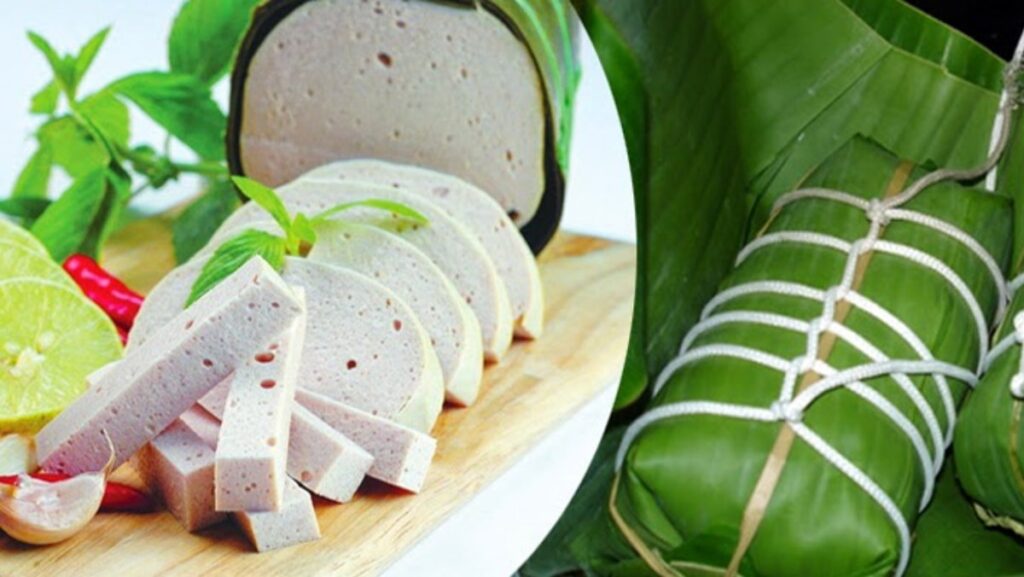
2. Chả Bò (Beef Sausage)
Similar to chả lụa but made from ground beef, chả bò has a firmer texture and a richer, beefy flavor. It is also wrapped in banana leaves before being steamed, often enjoyed as a side dish or with sticky rice.
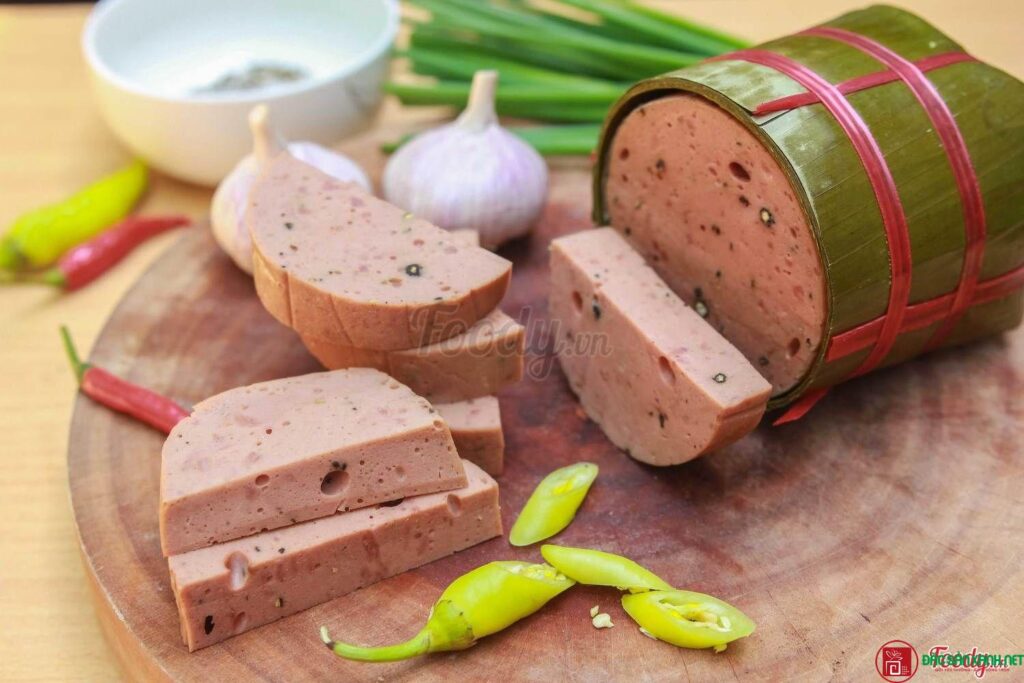
3. Nem Chua (Fermented Pork Roll)
Nem chua is a traditional Vietnamese delicacy made by fermenting ground pork with garlic, chili, and spices. The mixture is wrapped in banana leaves and left to ferment naturally for a few days, resulting in a slightly sour, chewy, and flavorful snack. It is often served during celebrations and Tet (Vietnamese New Year).
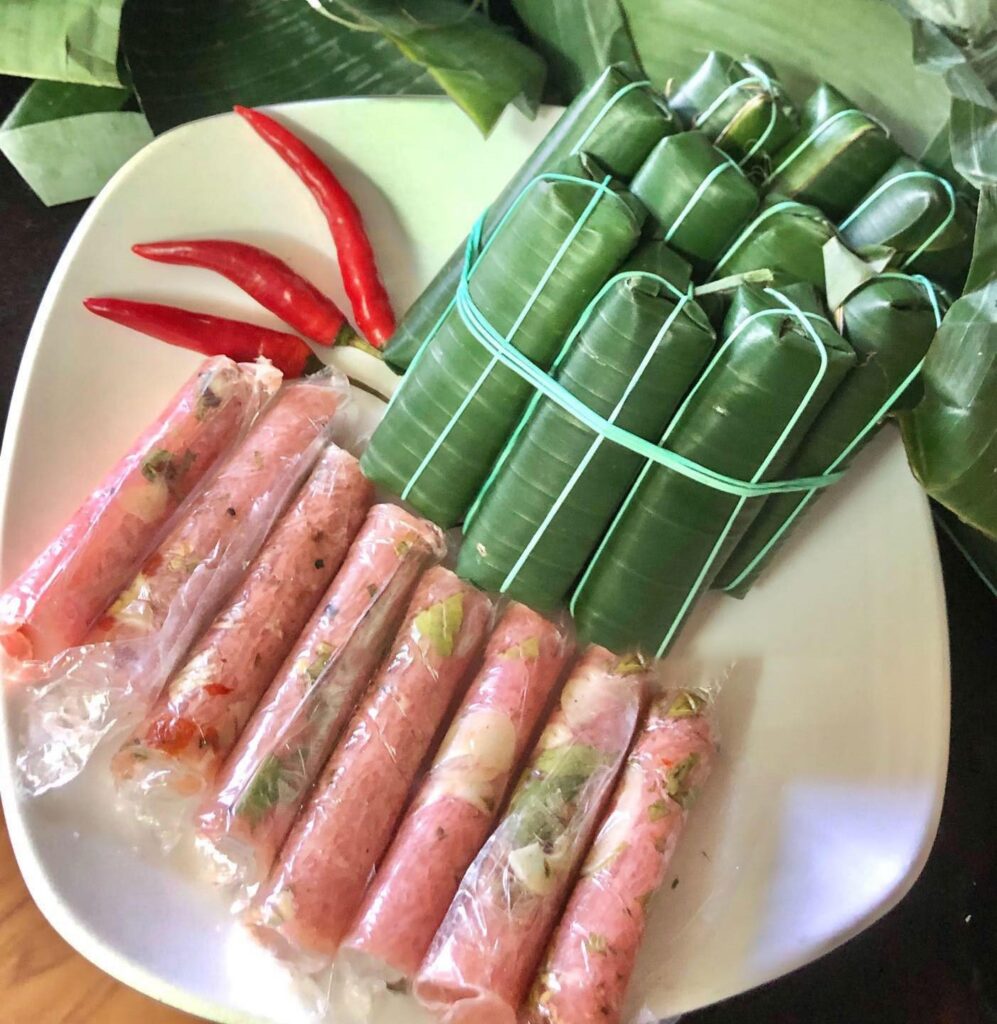
4. Nem Bùi Bắc Ninh (Bac Ninh-style Fermented Pork Roll)
Nem Bùi Bắc Ninh is a specialty of Bac Ninh province, made from finely minced pork mixed with roasted rice powder, garlic, and seasonings. The mixture is wrapped in banana leaves and left to ferment naturally, creating a distinctive tangy flavor and chewy texture. It is often served with fresh herbs, chili, and dipping sauce.
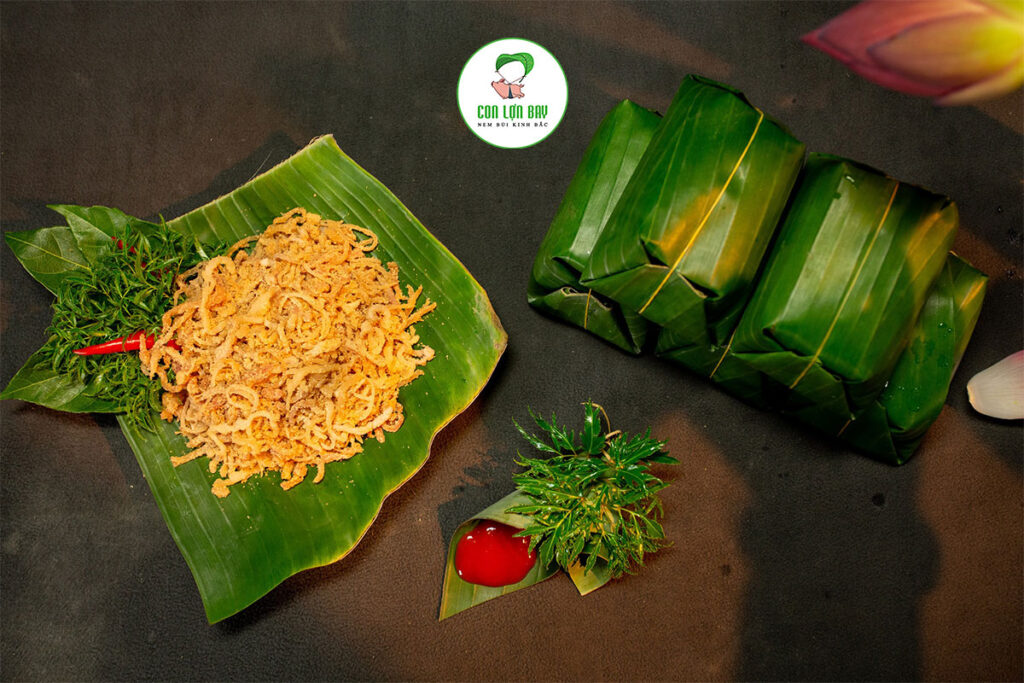
5. Bò Nướng Lá Chuối (Grilled Beef in Banana Leaves)
Beef is marinated with soy sauce, garlic, and lemongrass, then wrapped in banana leaves before grilling. This technique enhances the smoky, herbal aroma of the dish and locks in the beef’s juices.
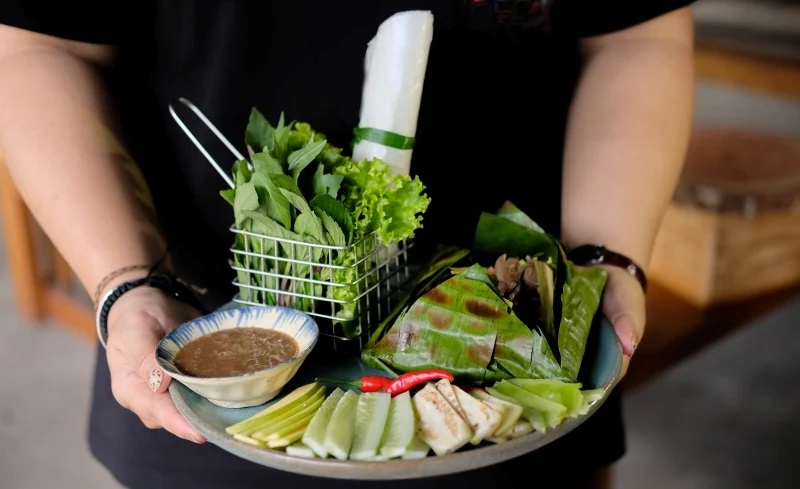
6. Cá Nướng Lá Chuối (Grilled Fish in Banana Leaves)
A popular coastal dish, whole fish or fillets are marinated with turmeric, galangal, and herbs, then wrapped in banana leaves and grilled. The banana leaves protect the fish from direct heat and ensure a moist, flavorful result.
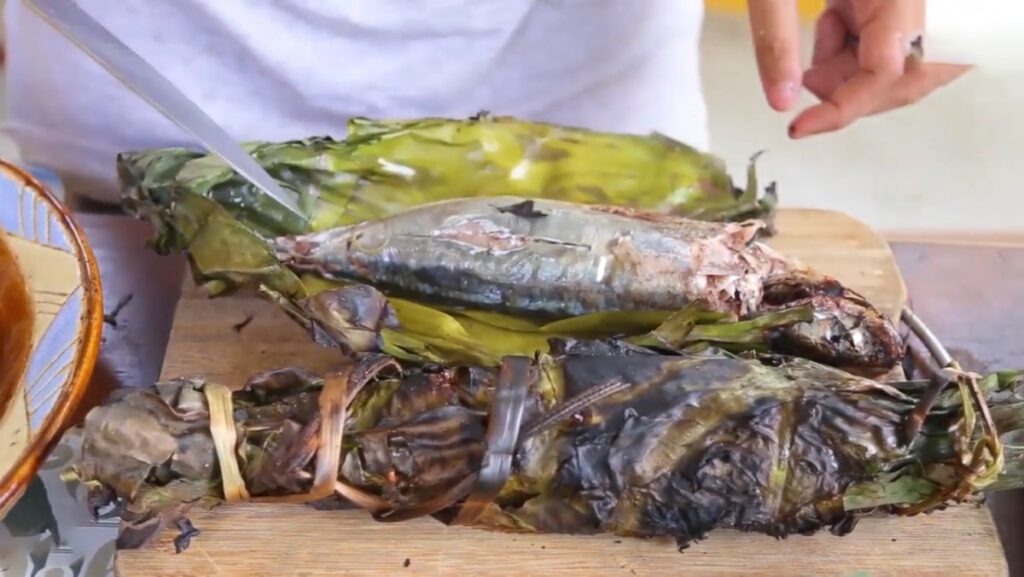
How to Wrap Meat in Banana Leaves
To effectively wrap meat in banana leaves, follow these simple steps:
- Prepare the Banana Leaves – Rinse the leaves thoroughly and pass them briefly over an open flame or hot water to soften them.
- Place the Meat in the Center – Spread the marinated meat or fish onto the leaf.
- Fold and Secure – Fold the sides over the meat, then roll the leaves tightly and secure with kitchen twine or toothpicks.
- Cook Accordingly – Grill, steam, or let it ferment based on the specific dish.
Cultural Significance of Banana Leaf-Wrapped Meat in Vietnam
Banana leaves have long been a symbol of Vietnamese culinary tradition. Used in street food, family meals, and festive celebrations, they are an essential part of preserving the authenticity of Vietnamese dishes. These wrapping techniques have been passed down through generations, making them a cherished part of the country’s food culture.
Conclusion
Vietnamese meat dishes wrapped in banana leaves showcase the country’s deep culinary heritage, combining practicality, sustainability, and rich flavors. Whether grilled, steamed, or fermented, these dishes offer a unique and authentic taste of Vietnam. Next time you want to try a traditional cooking method, experiment with banana leaves and discover the depth of flavor they bring to your meals.
